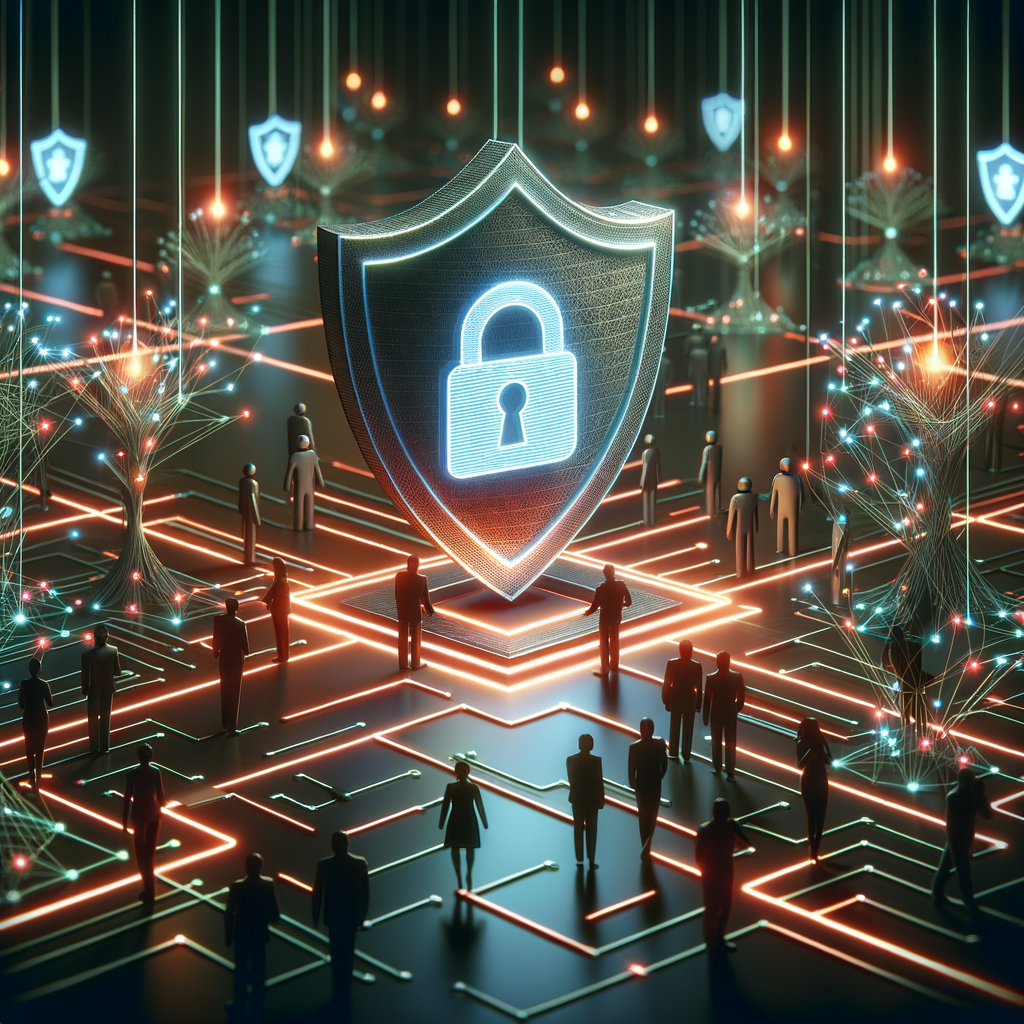The Defense Industry’s Data Security Challenge: Safeguarding Innovation in a Digital Battlefield
Have you ever stopped to think about the sheer volume of sensitive data the defense industry handles on a daily basis? From classified documents and operational plans to cutting-edge research and development (R&D), the defense world is a treasure trove of valuable information. But with great power comes a massive responsibility: keeping it all secure.
In today’s interconnected world, the defense industry faces a growing challenge—data security. Cyber threats are evolving at an alarming pace, and state-sponsored actors, rogue hackers, and advanced persistent threats (APTs) are all targeting defense contractors, manufacturers, and agencies alike. So, how do we ensure that our most sensitive information doesn’t fall into the wrong hands?
Let’s dive into this challenge, break it down into bite-sized pieces, and explore some of the questions defense leaders are asking.
What makes data security such a big deal in defense?
When it comes to protecting data, the stakes in the defense industry couldn’t be higher. We’re not just talking about protecting a few passwords or customer records. We’re talking about safeguarding national security, military readiness, and technological superiority—all of which could be compromised through a single data breach.
Take the case of the F-35 fighter jet program. In 2007, cybercriminals reportedly infiltrated systems tied to the program and stole data related to its design. While the full details remain classified, analysts believe this data leak helped adversarial nations accelerate their own stealth fighter development. This is just one example of how critical information can fall into enemy hands when cybersecurity lapses occur.
But it’s not just about protecting active systems; it’s also about defending future innovations. The defense industry plays a key role in R&D, from artificial intelligence (AI) and autonomous systems to hypersonic weapons. If such intellectual property (IP) is stolen, it could give adversaries a massive competitive edge. Worse, it could jeopardize our ability to defend ourselves.
Why is the defense industry such a hot target for cyberattacks?
Let’s be real: defense data is like gold in cyberspace. Why? Because it holds immense strategic and economic value. Criminals know that stealing defense-related information is a quick way to gain leverage—whether that’s selling data on the dark web, holding organizations ransom, or simply tipping the scales of geopolitical power.
Here are some key reasons why the defense sector is such a prime target:
– High Value of Data: Both state-sponsored hackers and cybercriminals know that the information defense organizations hold is worth billions. Blueprints of weapons systems, satellite communications, and military logistics are worth their weight in gold.
– Complex Supply Chains: Defense supply chains often involve multiple contractors, subcontractors, and vendors. Each entity introduces a potential vulnerability, especially if smaller vendors lack robust cybersecurity measures.
– Interconnected Systems: The defense sector increasingly relies on interconnected networks, from secure cloud environments to IoT-enabled devices. While these technologies are transformative, they also expand the attack surface.
– Global Competition: Let’s not forget: everyone wants to be at the top of the technological food chain. Cyber espionage by adversarial nations is rampant, and defense data is ground zero for such efforts.
How do cyberattacks in defense happen?
Think about it this way: cyberattacks don’t often look like flashy, Hollywood-style hacks. They’re subtle, calculated, and designed to exploit human or systemic weaknesses. Here are the main ways attackers infiltrate defense organizations:
– Phishing and Social Engineering: Even the most advanced firewalls can’t protect against a well-crafted phishing email. Attackers often pose as legitimate contacts, tricking employees into clicking malicious links or sharing sensitive information.
– Supply Chain Exploits: Small vendors or subcontractors may unintentionally provide an entry point for attackers. For example, if a subcontractor’s network lacks endpoint security, it could be used as a stepping stone to infiltrate larger, more secure systems.
– Zero-Day Exploits: Hackers often exploit vulnerabilities that organizations don’t even know exist. These zero-day exploits are especially dangerous in defense, where attackers may spend months or even years studying systems before launching an attack.
– Insider Threats: Sometimes, data breaches come from within. Whether it’s a disgruntled employee or someone unknowingly installing malware, insiders can be one of the most challenging threats to mitigate.
Case in point: remember the SolarWinds attack? In 2020, a supply chain exploit compromised numerous U.S. government agencies, including some tied to defense. Hackers slipped malicious code into a widely-used software update, allowing them to infiltrate systems without detection. It was a wake-up call for the entire industry.
What can the defense sector do to counter cyber threats?
Defending against cyberattacks isn’t just about putting up firewalls and calling it a





